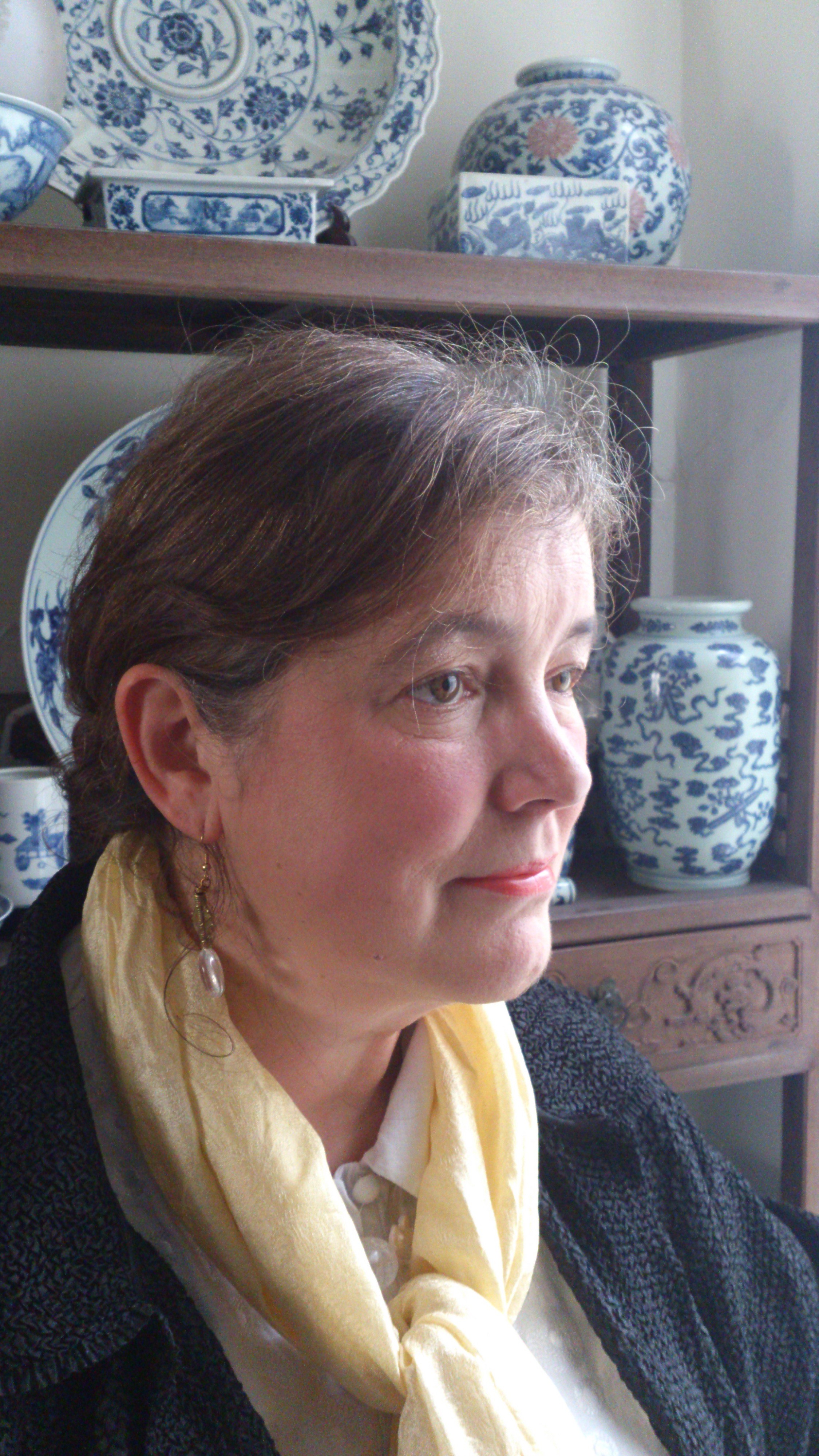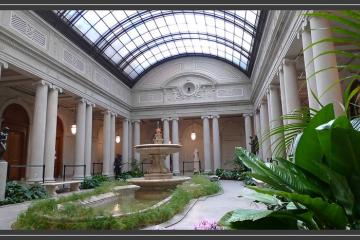Sèvres was the most illustrious and innovative porcelain factory in 18th Century France, employing brilliant artisans as painters, modellers, gilders and technicians. Spectacular vases and finely decorated dining services made at Sèvres added lustre and glamour to the grandest of state rooms and the most intimate of boudoirs in the nearby Palace of Versailles. These objects of desire were sought after by the nobility during Europe's Ancien Régime, by English collectors such as the Prince Regent and, generations later, by a new moneyed aristocracy in America's 'Gilded Age'. However, the origins of this most fashionable porcelain factory were very different. Established in 1740 as a pioneering venture within the old royal Château de Vincennes on the eastern side of Paris, far from the radiance of Versailles, the first steps were a struggle against financial collapse and involved a difficult quest to develop a suitable porcelain paste which could tolerate the intense heat of the kiln. The aim was to match the allure of desirable Oriental porcelain and to compete with the pioneering factory at Meissen near Dresden. These early endeavours at Vincennes, encouraged by the patronage of Madame de Pompadour and King Louis XV, witnessed the invention of a fine white soft-paste material, a tactile glaze, exquisite gilding and brilliant jewel-like background colours such as bleu lapis, which emulated lapis lazuli and the vibrant bleu céleste, a turquoise pigment which would become one of Sèvres's signature colours. Vincennes is particularly famous for the making of delicate naturalistic flowers made up into bouquets which adorned vases and clocks or hung from chandeliers. Decorative patterns of flowers and flying birds were painted with a lightness of touch. After those early years at Vincennes, by 1756 the workshops moved to Sèvres and so began a new golden age for what would become a royal enterprise.
THE ARTS SOCIETY ACCREDITED LECTURER

Ms Anne Haworth
Anne is a lecturer at the Victoria and Albert Museum, the British Museum and the Queen’s Gallery. She is a visiting lecturer for Regent's University, Sotheby's Institute and SOAS. Since 2008, she has been a member of the London faculty of Eckerd College, Florida, teaching Art History and is also an accredited Arts Society lecturer. For ten years she guided private evening tours of the State Rooms at Buckingham Palace. She lectures extensively for private groups, guides museum tours in London and has lectured on William Morris for the British Council and British Higher School of Art and Design in Moscow.
After studying Modern History at Durham University, she trained and became a senior specialist in ceramics at the head offices in London of Bonhams (1981-1986) and Christie's (1987-1995). From 1995 to 2002, she was resident in Shanghai, China and gave lectures on the history of the China trade and European Chinoiserie to the international community of diplomats and expatriates in Shanghai and Beijing. On returning to London in 2002, she worked on a short project cataloguing Chinese ceramics at Kensington Palace and became Hon Membership Secretary and Treasurer of the French Porcelain Society.
OTHER EVENTS
Society
Robert Dunay
20 Mar 2025 - 14:00
Online Event
Society
Mr James Vaux
17 Apr 2025 - 14:00
Online Event




